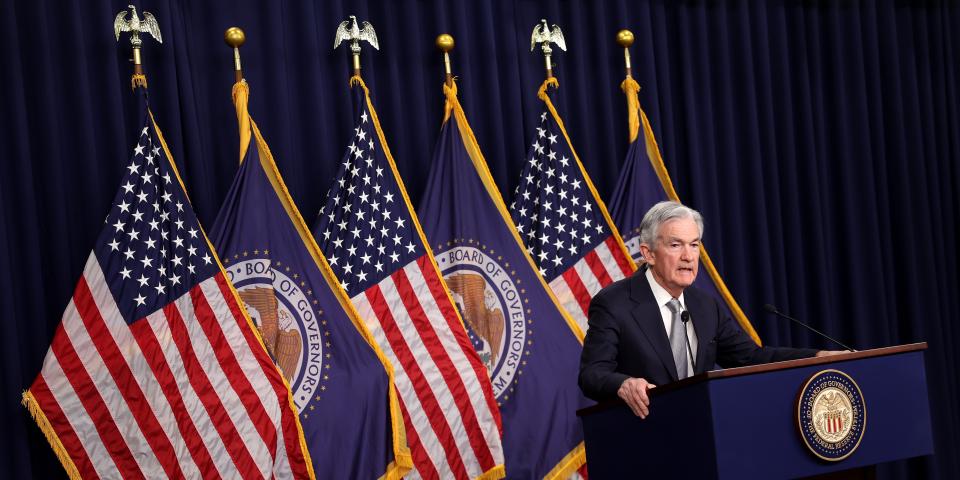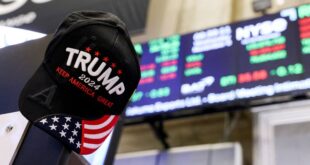
-
Ideally the Fed will cut rates by a half-point without triggering growth worries, Morgan Stanley says.
-
CIO Mike Wilson noted that the bond market is acting like the Fed is behind the curve.
-
He said defensive and quality stocks are worth owning after the rate cut on Wednesday.
Wall Street is bracing for a pivotal interest-rate-cut announcement on Wednesday, and there’s still uncertainty around how far the Federal Reserve will go.
As of Monday morning, the CME FedWatch tool showed the market is pricing in a 59% chance of a 50-basis-point cut. According to new research from Morgan Stanley, that would be the best possible outcome for stocks. But there’s a caveat: it has to cut a half-point and keep the market from worrying about economic growth.
“In the very short-term, we think the best case scenario for equities this week is that the Fed can deliver a 50bp rate cut without triggering either growth concerns or any remnants of the yen carry trade unwind—i.e., purely an “insurance cut” ahead of macro data that is assumed to stabilize,” chief investment officer Mike Wilson wrote in a Monday note.
In the months leading to the Federal Reserve’s policy meeting this week, deteriorating labor data has persuaded investors that the central bank needs to start reducing borrowing costs to avert an economic cooldown.
In Morgan Stanley’s view, the Fed might want to cut by 50 basis points, as the bond market indicates that monetary policy is behind the curve: if interest rates stay for higher for longer, they risk rupturing something in the economy.
At the same time, some analysts have noted that an aggressive cut could be the Fed’s way of acknowledging trouble in the economy.
Ahead of the rate cut, Morgan Stanley suggested that investors increase exposure to two stock cohorts that have historically outperformed in similar environments: defensive and high-quality.
Part of the reason is due to rising growth concerns. Although the S&P 500 index is signaling high conviction that the Fed will deliver a soft landing and 15% earnings-per-share growth into 2025, market internals show a different story: investors are piling into defensive stocks in fear of a deceleration.
In this context, the performance defensive over cyclicals has been the strongest since the last recession, Wilson noted. Defensive stocks include sectors such as utilities and consumer staples — groups that are less reliant on macroeconomic conditions to perform well.
“Defensives tend to outperform cyclicals fairly persistently both before and after the cut. Large caps also tend to outperform small caps both before and after the Fed’s first rate cut. These last 2 factor dynamics are supportive of our defensive and large cap bias as Fed cuts often come in a later cycle environment,” Morgan Stanley said.
Read the original article on Business Insider
Source link
 meganwoolsey Home
meganwoolsey Home



